Governor’s Economic Summit
Posted by Amy Clickner on April 17, 2013
On March 18 and 19, 2013, 789 business and education leaders, workforce and economic development professionals and other stakeholders came together for the first annual Governor’s Economic Summit at the Cobo Center in Detroit. I had the pleasure of attending the conference along with 20 other representatives from Region 1 (the Upper Peninsula).
The summit, titled “Collaborating, Creating, Connecting,” accelerated efforts to match Michigan’s talented workforce with the needs of its employers over the coming years, and identified opportunities for more robust regional collaboration.
The Governor kicked off the summit on Monday morning and remained engaged for the entire two days. Keynote speakers included Doug Rothwell from Business Leaders for Michigan, Paul Traub with the Federal Reserve Bank of Chicago and Jim Clifton of Gallup. Regional breakout sessions allowed participants to dive into the assets and challenges they face in their regions, which have all been collated into the summit summary at www.michiganadvantage.org.
So what was some of the information shared? First some interesting U.S. and Michigan talent profiles and forecasts for 2012-2021from Economic Modeling Specialists, Intl. (EMSI):
- Michigan will add 300,000 jobs over the next 10 years
- Health care will show some of the strongest industry growth over the next 10 years
- Health care and education jobs will be two of the highest growth high wage jobs
- Registered nurses will be the single strongest growth occupation in Michigan
- Declining high wage jobs will be in manufacturing and postal service
- Health care and retail/sales jobs will be the fastest growing low wage jobs
What are some of the conclusions drawn from this information? First of all, high wage jobs require higher levels of training. This can come in the form of certification, apprenticeship or college education. However, it is important to note that low wage jobs also require certain qualifications, a strong work ethic and on-the-job training. Believe it or not, one of the biggest concerns in the manufacturers break out session I sat in was employees that could not pass a drug test, criminal background check or don’t show up for work on a regular basis. Good stuff to know and pass along to our younger generation making career decisions.
You may also find some additional EMSI sourced information that is specific to Region 1 interesting. Our population remains right around 3% at 311,364; 48.5% being male and 51.5% female. Our total gross regional product (GRP) exceeds $8 billion with over $1 billion in mineral extraction and nearly $2 billion from the government sector.
On the jobs side, several occupations were listed as having the largest annual number of openings that include: human resources/labor relations, social workers, physical therapists and pilots. Occupations that declined between 2009 and 2012 include retail salespersons, housekeepers and food prep/servers.
I realize there is a lot of data here but it is important to know and understand what makes up our economy so we can be more strategic in economic and talent development. A better understanding of our assets help us market those assets, but also to define areas where we are challenged and need to improve.

